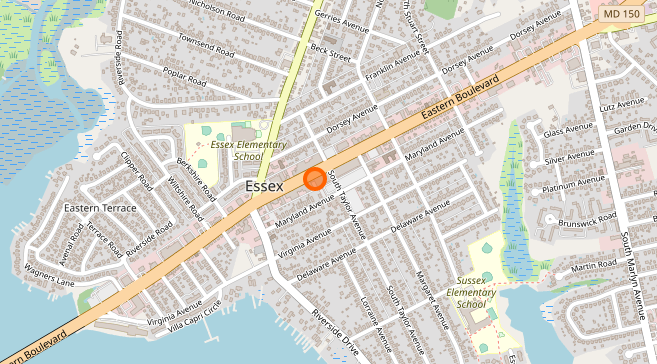According to Chinese analysts, in 2020, the country began an explosive registration of companies in the field of artificial intelligence.

Apple is developing chips with RISC-V architecture
Although Apple is in the process of migrating its computers from Intel’s x86-compatible processors to its own chips with Arm architecture, the company seems ready to work with other promising architectures. In particular, it has begun the search for a high-performance programmer (or programmers) capable of working with RISC-V.
The company needs an experienced programmer with detailed knowledge of the RISC-V command system and the Vector Arm command system. He will join the Vector and Numerics Group (VaNG) team, which is part of the Core Operating Systems group. The Vector and Numerics Group team is responsible for developing and improving all kinds of embedded subsystems running on iOS, macOS, watchOS and tvOS.
Known for its secrecy, Apple does not say directly what solutions it intends to implement using RISC-V, but the job description states that the programmer should work with machine learning, computer vision, and natural language processing systems. Some background in low-level, high-performance programming is required, and indeed the job description itself mentions that Apple is already working with RISC-V. It’s stated explicitly that they would be working in a team which is already “using innovative RISC-V solutions.
Today, Apple has dozens of products of all kinds. For example, high-performance products like the Mac, including the MacBook, iPhone smartphones, iPad tablets and Apple TV set-top boxes use chipsets based on custom Arm Cores. In addition, devices like the Apple Watch, AirPods and Homepod Mini use Arm SiP technology, and Arm cores are also used in controllers like the T2, W3 and U1.
In addition to chipsets for high-performance devices, each Apple device uses multiple Arm cores (although individual devices still use chips based on x86 architecture). Apple pays licensing fees for the use of each core, and as the number of cores in devices like SSD controllers and smartwatches continues to increase, we have to pay more and more. In this regard, the use of open and accordingly free RISC-V architecture looks extremely attractive, it could save the company millions of dollars in royalties.
At the same time, integration of custom cores based on RISC-V architecture into Apple’s ecosystem requires software preparation and verification of hardware and software compatibility. This is where programmers familiar with both RISC-V and Arm are needed.
Considering that Apple is already working on RISC-V based solutions, it is still a matter of time before some core types are replaced by an alternative architecture. It is known that RISC-V is mostly used today for auxiliary solutions with low performance, but with the evolution of technologies we cannot rule out more interesting solutions.



